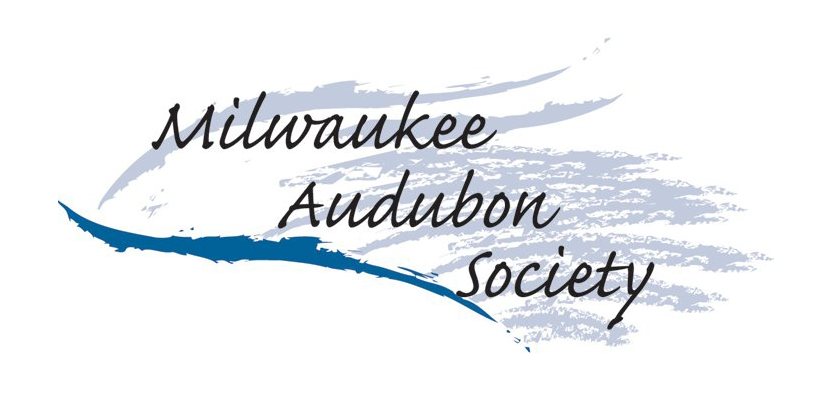By Martha Bergland and Jim Uhrinak | With photographs by Eddee Daniel
In January Milwaukee Audubon Society’s field just north of the Kolterman Indian mound site is asleep beneath a protective blanket of snow. Beneath this snow is a profound history. And beneath the snow are seeds that were sown on November 21, 2020.
November’s volunteer seeders became a part of Buffalo Speaks’ history and part of its future. This prairie/savanna seeding was the result of ten years of planning and preparation. Twenty-nine volunteers were a part of the unfolding of an excellent historical, ecological, and aesthetic future.
Distributing the seed mix into buckets for planting.
For at least ten reasons, this seeding just above Horicon Marsh was important. What was accomplished on this momentous day?
1. In seeding the former agricultural field, volunteers were preparing habitat for the iconic whooping crane, North America’s tallest bird, now slowly recovering from near extinction. The whooping crane is associated with wetlands, but it is also a savanna bird. The northern twenty acres of the Kolterman parcel area are in the process of being restored to a prairie-savanna-sedge meadow complex, an important habitat for whooping cranes, which eat insects and plant materials as well as water creatures. In spring 2020, the first recorded whooper chick was hatched at Horicon Marsh and grew to become a promising colt. There are only one hundred whooping cranes in our flyway.
Go to A Wealth of Nature to continue reading and to see all of the photos.




